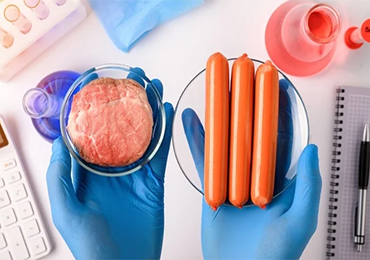
As a core disruptive technology leading the industrialization of biotechnology, synthetic biology has become one of the strategic emerging industries and has shown great potential for application in chemical, agricultural, medical and food fields.
Replacing chicken houses, barns, and grasslands wit...

In the shift to a circular economy, the construction industry will increasingly rely on the many sustainable qualities of bio-based materials. Bohemia Hookham describes these phenomena - some of which have been in use for thousands of years, others have been developed more recently, and still others...
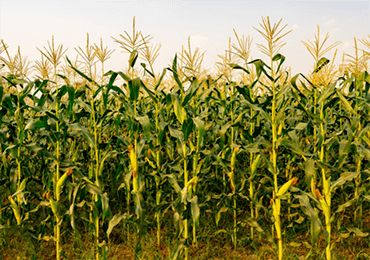
PLA has excellent degradation properties and is considered an environmentally friendly material. The popular biodegradable straws, tableware and shopping bags currently on the market all have the participation of PLA. However, the production capacity of PLA has been hindering its large-scale applica...
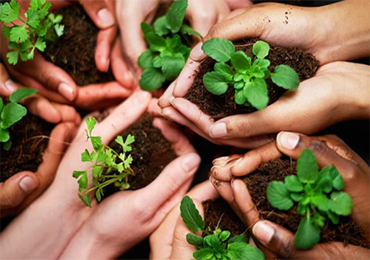
Banana leaves made of environmentally friendly tableware, the Thais can do the best in sustainable packaging.
As the most natural biodegradable material, many Thai desserts are wrapped with banana leaves or banana leaves on the outside. The rich green color not only makes the dessert look more attr...

After years of hibernation and perseverance, ChatGPT has achieved dazzling achievements at an astonishing speed upon its introduction, which is by no means as simple as appearing out of nowhere. Big language, big model, ten billion parameters learning, from quantitative change to qualitative change,...

The use of biological methods instead of chemical methods to produce chemical products has many advantages over chemical synthesis methods, such as low cost, high efficiency of material conversion, low pollution emissions, and mild production conditions. People are constantly pursuing green producti...

Petroleum-based plastics, a large category of resources derived from petroleum, consume huge amounts of petroleum, and the Environmental Footprint Assessment of Plastics states that global plastics production will consume 20% of the world's petroleum by 2050. Among the plastics, polyolefins occupy a...
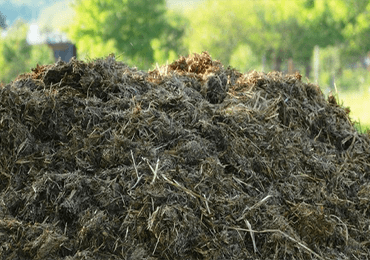
Livestock manure is commonly used as a source of fertilizer or biogas for green energy applications, but this study, recently led by scientists from the Scottish Agricultural College (SRUC) in collaboration with the Universities of Bristol and Edinburgh, reviews recent research into the development ...
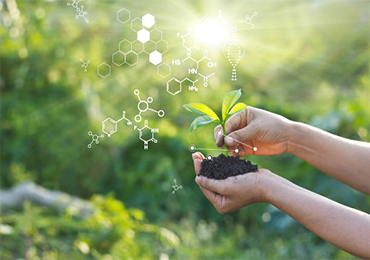
Plastic is one of the biggest contributors to marine pollution, and it accounts for more than 50% of the plastic waste problem. In the context of increasing environmental pollution, more and more people are putting hard work into the application of green and renewable materials. This article looks a...

Polylactic acid (PLA) is a new type of biodegradable material made from starch feedstock raised from renewable plant resources such as corn. Glucose is obtained by saccharification of starch raw material, then high purity lactic acid is made by fermentation of glucose and certain strains of bacteria...